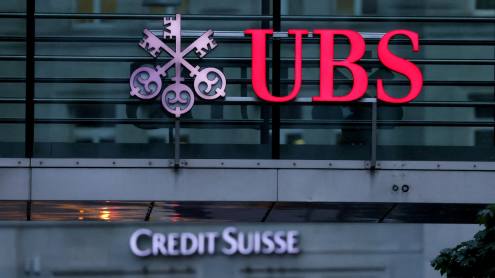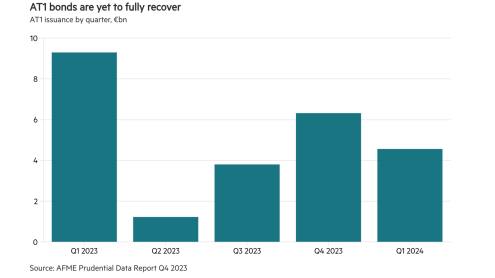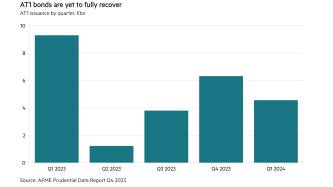What is it?
Article 122a of the amended EU Capital Requirements Directive (CRD). It relates to the retention of risk in securitisations, and applies to all new transactions issued on or from 1 January 2011.
The consultation paper on guidelines for Article 122a was launched by the Committee of European Banking Supervisors, which has since morphed into the European Banking Authority (EBA). Because changes are being introduced through amendments to the Basel II framework and the EU CRD, the changes will need to be implemented into the national law of each country applying Basel II or the CRD.
What are the main provisions?
A central objective of the CRD amendments is to address a perceived misalignment between the interests of originators and the interests of investors, considered to be one of the key issues underlying the financial crisis. Regulators argued that an originator which transfers all of its risk through a securitisation (“originate to distribute”) might have lower standards in its origination and monitoring of the assets than it otherwise would – to the detriment of investors.
Article 122a therefore sets out new requirements for credit institutions when acting as originator or sponsor, and also when investing in securitisations. These include: due diligence, disclosure and retention of a material net economic interest of not less than 5% of the riskiest tranche; this must not be sold or hedged, and must not be subject to any credit risk mitigation.
What's in the small print?
The onus is on the investor to ensure that originators comply with the 5% retention requirement. This aims to ensure that the retention will be made even in securitisations of assets of non-EU originators. It differs from the US, for example, where the requirement is for the originator to retain the risk, rather than for the investor not to invest unless the originator retains the risk.
Article 122a also applies to other banks with an exposure to the securitisation – such as a swap or liquidity provider – meaning that they, too, must not have an exposure to the credit risk of a securitisation position unless the originator has explicitly disclosed their retained interest.
If the issuer has not complied, it is the investor (or other exposed bank) which is penalised, facing a higher capital cost for investing in (or being exposed to) the securitisation. This can be as high as full capital deduction.
Moreover, the proposed EU Directive on Alternative Investment Fund Managers extends this obligation to alternative investment funds (including all manner of investment funds, not only hedge funds), and Solvency II will likely extend the obligation to insurance funds.
What does the industry say?
There will be a significant cost. For all kinds of market participants.
For example, if a bank does a securitisation as an agent, rather than a principal, this will have to be absorbed by the issuer, who will have to retain the 5% economic interest. “This is a significant additional funding cost,” says one European banker.
Article 122a also means that banks must ensure investors have full and ongoing access to all the relevant information. Investors and others, meanwhile, must have a clear internal audit trail which demonstrates how they got comfortable with any particular originator’s disclosure.
“It is clear from the tenor of the due diligence requirements that 'box-ticking' will not be sufficient,” says one lawyer. “This will have time and cost implications, which will result in higher funding costs all round.”
Some types of business will become less attractive. And maybe that is the intention. “Resecuritisations that are collateralized debt obligations of asset-backed securities may be prohibitively expensive or simply impractical to put together, given the underlying loan level data of the original ABS that will need to be provided,” says the lawyer.
The law of unintended consequences
Other bankers worry that a rule aiming to make securitised transactions more robust will capture syndicated loans. “The definition of securitisation is sufficiently broad to potentially catch a loan if you tranche it into two or more tranches,” says one source. “Quite often German banks tranche a loan into a B-piece that they sell on, and an A-tranche that goes into their Pfandbrief, so they might be caught by this. I don’t think they realise this yet.”
According to the EBA‘s response to The Banker’s enquiry, that fear is well founded. “If a transaction falls under the definition of a securitisation under the CRD and the notes are sold to credit institutions investing in securitisation positions the retention requirement should be met," says an EBA spokesperson.
Could we live without it?
Regulators are right to tweak the rules. What bankers worry about is the spill over into other markets such as syndicated loans, the additional cost to funding and administration, and the effect this will have on the market’s revival. “It is going to hold back any real estate securitisation in Europe until people figure out how to work with it – people could come with a single-tranche securitisation, but otherwise it is difficult,” says a banker.
Rage-ometer












